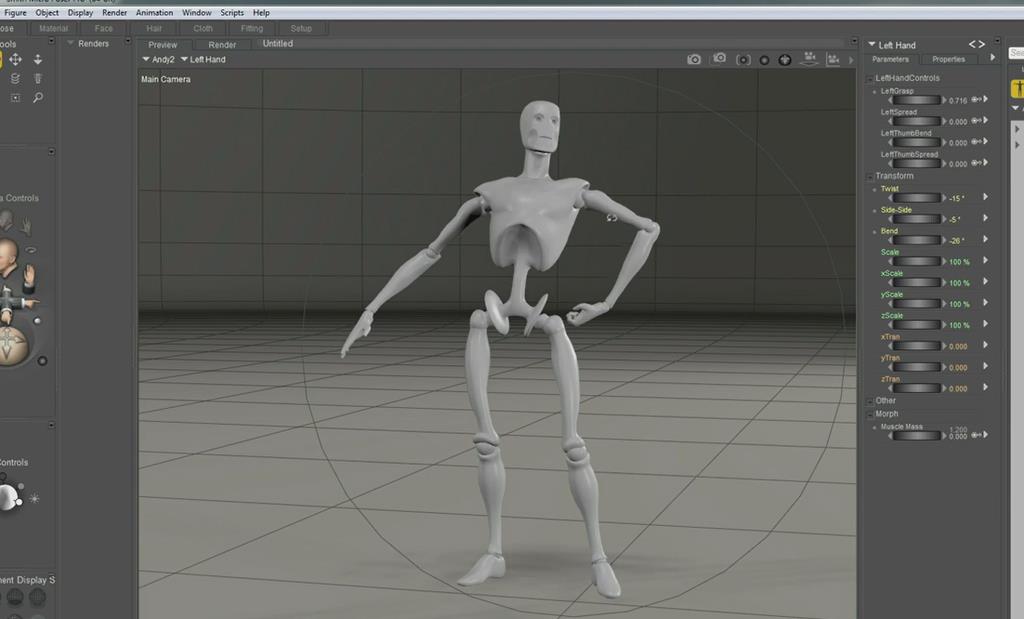
Mastering 3D character design is an intricate process, bridging creativity and technical acumen. This article meticulously explores the eight crucial steps, from initial conception to game integration.
It provides insightful guidance on character anatomy, detailing, texturing, rigging, and animation, addressing common challenges and offering innovative solutions.
For those seeking to elevate their 3D design skills and enhance their game implementation expertise, this comprehensive guide offers valuable insights into the complex world of 3D character design.
Understanding the Basics of 3D Character Design
Consistently, a comprehensive grasp of the fundamental principles of 3D character design proves to be an indispensable prerequisite for any aspiring game designer.
Unquestionably, the process begins with the character personality, an aspect which serves as the blueprint for the design. From a cheerful protagonist to a brooding villain, each character must be meticulously crafted to ensure its personality resonates with your intended audience.
Once the personality is established, design software comes into play. Harnessing the power of advanced software tools allows designers to translate their vision into a tangible, three-dimensional model, capable of interacting within the game world.
This fusion of character personality and cutting-edge design software forms the cornerstone of successful 3D character design, setting the stage for its seamless integration into game implementation.
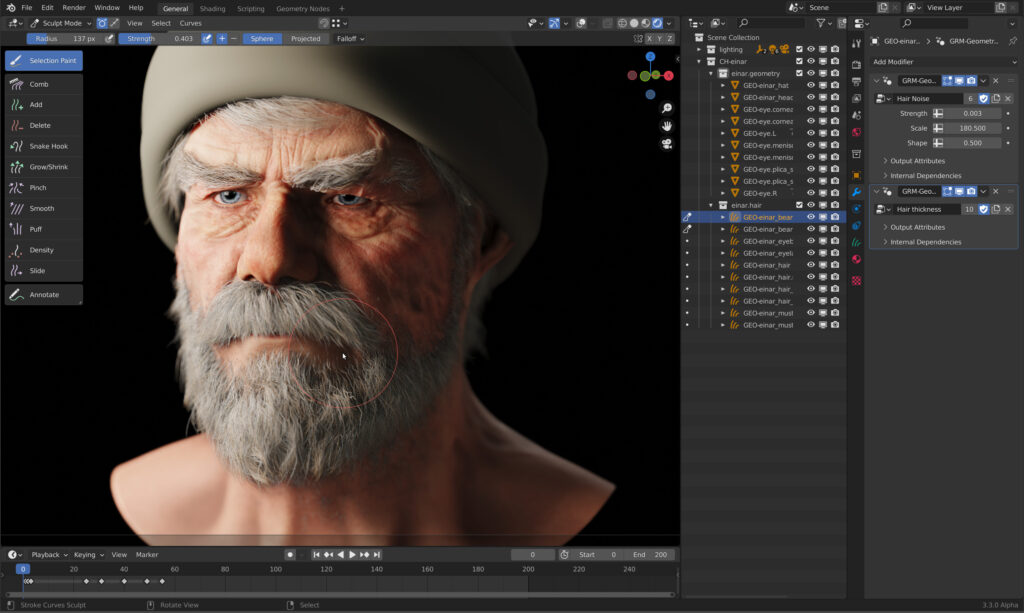
Developing the Initial Character Concept
Drawing from the established character personality, and employing a combination of creativity and technical knowledge, the development of the initial character concept becomes the next critical step in mastering 3D character design. One must delve into the intricacies of character psychology, understanding the motives, traits, and backstory that shape our character's behavior.
This psychological depth brings authenticity to the design, enhancing the experience for the end-user. The concept should also incorporate conceptual symbolism, using visual elements to represent deeper meanings or ideas. This adds an additional layer of complexity, enriching the overall design.
The Importance of Character Anatomy in 3D Design
Character anatomy plays a pivotal role in 3D design, contributing to the authenticity, appeal, and functionality of the character within the game environment.
A solid grasp of basic body proportions and muscle structure is essential, as these elements shape the character's visual impact and movement mechanics.
Furthermore, the ability to express emotion through anatomy can significantly enhance the player's emotional connection to the character, enriching the overall gaming experience.
Understanding Basic Body Proportions
In the realm of 3D character design, a solid grasp of basic body proportions plays a pivotal role in creating lifelike and engaging characters. Mastery of this facet allows designers to produce a range of characters, from delicate elves to robust giants, each with unique character clothing that accurately fits their body structure. Factoring in diversity representation, the skill of accurately depicting varying body types enhances the authenticity of characters, thus fostering a more immersive gaming experience.
This meticulous attention to detail aids in the seamless transition from initial concept to final game implementation. By mastering body proportions, designers can ensure that every character, regardless of their physical attributes, conveys realism and depth. This not only drives the innovative edge of 3D character design but also contributes to the overall success and appeal of the game.
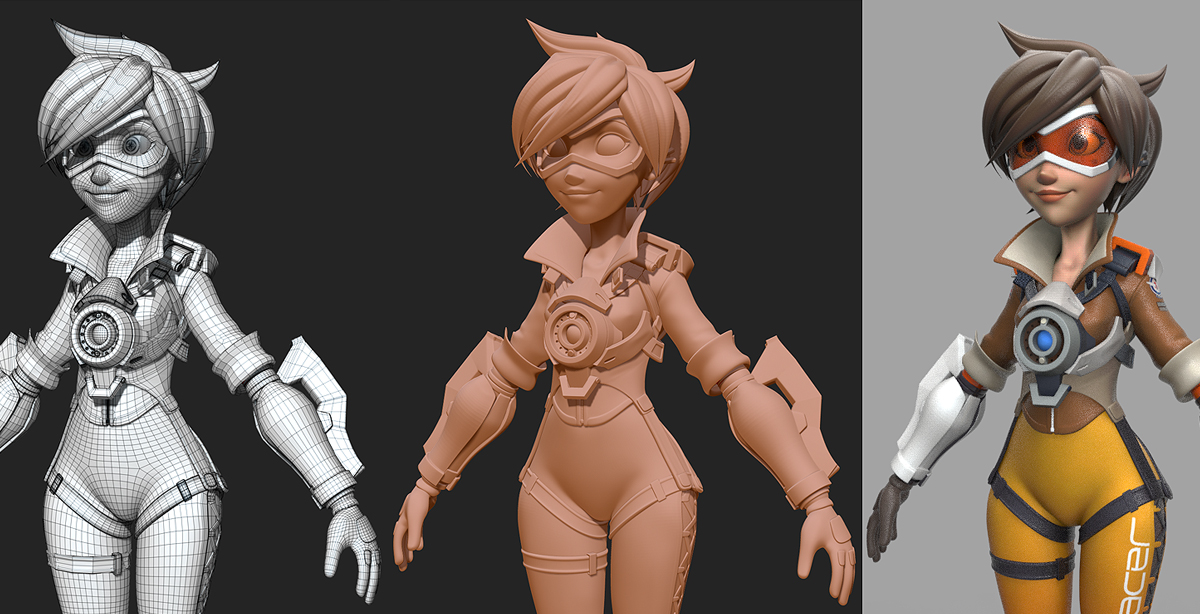
Importance of Muscle Structure
While understanding the basic proportions is crucial, delving deeper into the intricacies of muscle structure is equally indispensable for achieving a realistic 3D character design. The importance of character anatomy in 3D design cannot be overstated, as it directly influences the believability of the character's movements and interactions within the game environment.
Muscle Rigidity Impact: The level of muscle rigidity in a character can significantly impact its motion, strength, and overall visual appeal.
Dynamic Flexibility Importance: The flexibility of a character's muscles contributes to the fluidity and range of motion in animation.
Innovation in design: Innovation in muscle structure design can increase the appeal and immersive experience of the game, enhancing the overall gaming experience.
Mastering these aspects is crucial in the realm of 3D character design, leading to a more realistic and immersive gaming experience.
Expressing Emotion Through Anatomy
Mastering the art of expressing emotion through anatomy requires both a deep understanding of human physiology and a keen eye for detail, as it is this combination that brings a 3D character to life and makes it relatable to the player.
Innovative emotion depiction techniques play a key role in this process. The importance of facial expressions cannot be overstated, as they are often the first point of emotional connection between the player and the character. Whether it's subtle changes in the eyes, mouth, or eyebrows, every detail contributes to the overall emotional state of the 3D character.
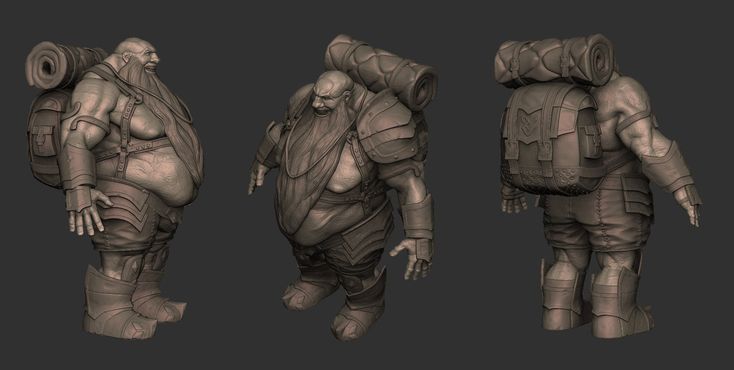
Implementing these elements correctly in the game will not only enhance the player's engagement but also drive the narrative forward, creating a truly immersive gaming experience.
Detailing and Texturing: Bringing Your Character to Life
How can detailing and texturing effectively bring your 3D character design to life? The answer lies in the strategic application of Material Selection and Color Theory.
A well-chosen material can enhance the perceived depth and realism of your character, while a strong understanding of color theory can evoke specific emotions and set the overall mood.
Consider the following key factors:
Material Selection: Use diverse materials to differentiate various parts of your character. The right choices can make your design feel more tangible and realistic.
Color Theory: Utilize color to highlight character's personality and backstory. The right palette can create visual harmony and enhance the overall aesthetic.
Texturing: Implement high-quality textures to add depth and richness, making your character more lifelike and engaging.
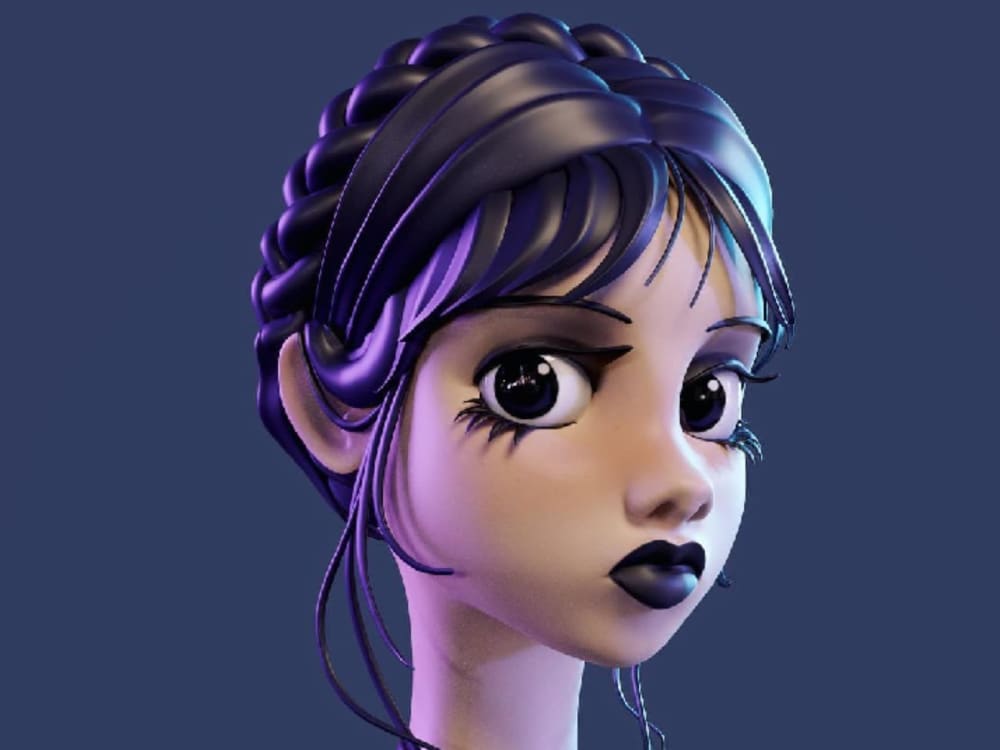
These innovative techniques will elevate your 3D character design to a new level of realism.
Rigging: The Backbone of 3D Character Movement
Implementing a robust rigging system serves as the fundamental backbone that allows for the fluid and realistic movement of 3D characters. This intricate process defines the skeletal structure and articulation, providing life-like agility and flexibility.
Rigging software options are proliferating, with platforms like Maya, 3Ds Max, and Blender offering comprehensive toolsets for rigging tasks. Each software has its unique features, and the choice largely depends on the complexity of the character and the game environment.
Rigging workflow optimization is paramount in streamlining the process, reducing time and effort while maximizing precision. This involves meticulous planning, systematic testing, and efficient use of automation tools.
In this constantly evolving field, mastering the art and science of rigging is key to creating immersive gaming experiences.
Perfecting the Art of Character Animation
After the rigging process is complete, the next crucial step is perfecting the art of character animation, an area that requires both technical knowledge and creative prowess. Here, character kinematics and animation principles play a significant role in making the character's movements realistic and lifelike.
To excel in character animation:
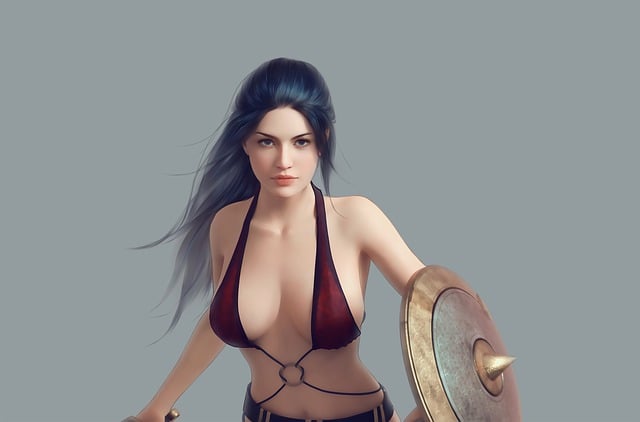
- Understand the intricacies of character kinematics for a seamless motion flow.
- Apply the 12 principles of animation to add depth and personality to your character.
- Implement the animation into the game, ensuring compatibility with the game engine.
Each phase is crucial, offering unique challenges that, when overcome, brings your character to life in the gaming world. This balance between technicality and creativity is where the true art of character animation lies.
Game Environment Integration: The Final Step
In the final step of 3D character design, Game Environment Integration, three key elements come into play:
Character Scaling and Proportion: Correctly scaling and proportioning characters ensures aesthetic coherence and functional playability within the game environment.
Interactivity and Collision Detection: It is crucial to establish effective interactivity through accurate collision detection. This ensures that the character can interact with objects in the game environment seamlessly.
Texture and Lighting Compatibility: Harmonizing texture and lighting is essential to create a visually compelling and immersive gameplay experience. This involves ensuring that the character's textures and lighting blend well with the overall environment, enhancing the atmosphere of the game.
Character Scaling and Proportion
Mastering the art of character scaling and proportion is a critical aspect of 3D character design, especially when integrating a character into a game environment. Effective use of Character Scaling Techniques and understanding of Proportion in Animation enables designers to create characters that fit seamlessly into diverse gaming environments.
Consistency in character scaling maintains immersion and ensures game-play fairness.
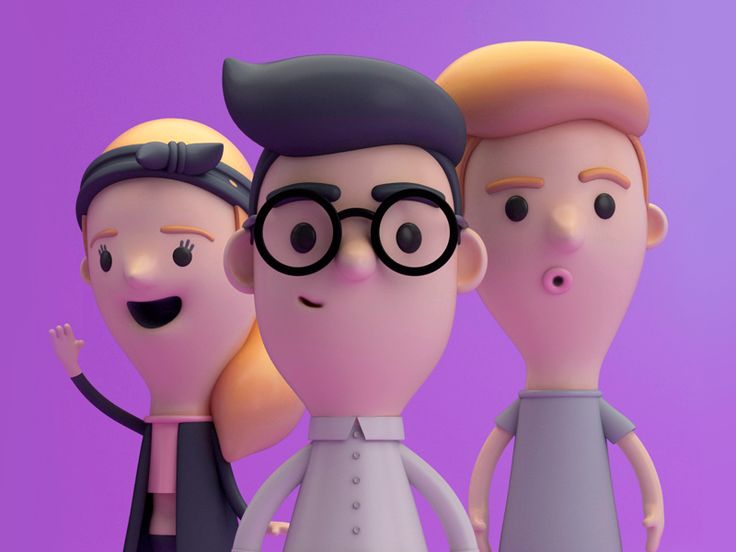
Proper proportion in animation adds realism and believability, enhancing overall aesthetics.
Integrating these techniques with game environment design ensures seamless gameplay experience.
Innovation in character design lies in pushing the boundaries while maintaining harmony in scale and proportion. As the final step in game implementation, character scaling and proportion balance the artistic vision with the technical constraints, creating an engaging and visually coherent gaming world.
Interactivity and Collision Detection
Ensuring a high level of interactivity and efficient collision detection is the final, yet significant, step in the process of integrating a 3D character into a game environment.
It involves detailed physics implementation and collision optimization.
To create a believable, immersive world, the character's movements and responses must adhere to the game's physics.
Precise collision detection, on the other hand, ensures seamless interaction with the environment and other entities.
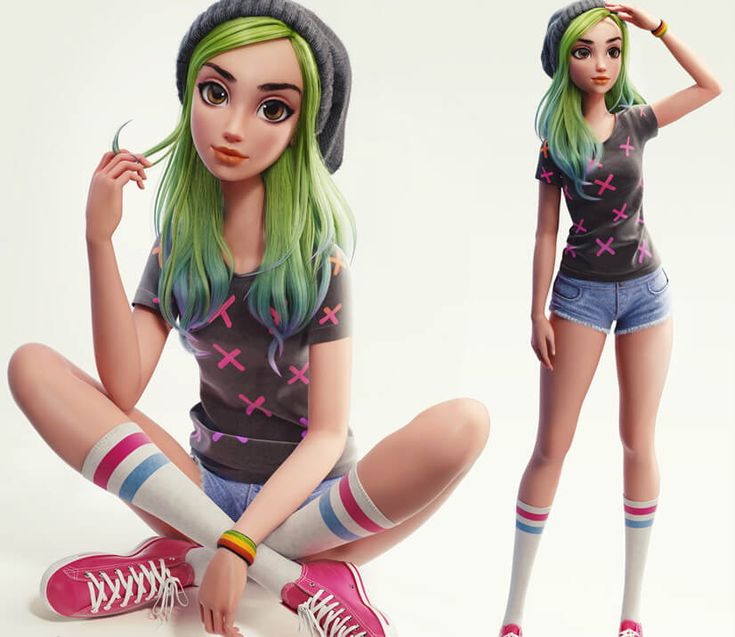
The optimization of these collisions is imperative to prevent lags and glitches that can disrupt gameplay.
Mastering these elements not only enhances the player's experience but also brings us closer to the innovative future of 3D character design and game implementation.
Texture and Lighting Compatibility
After thorough modeling and animation processes, achieving texture and lighting compatibility plays a pivotal role in successfully integrating a 3D character into the game environment, and it directly influences the overall visual appeal and player immersion. Accurate texture mapping and lighting conditions elevate the final output, enhancing the realism and immersive experience.
Shader techniques: These techniques help in achieving the desired visual effects in a game by manipulating pixel values. Shaders contribute to the realistic representation of surface details like light reflection and shadow.
Material creation: This process involves designing the surface properties of a 3D model, which define how it interacts with light.
Light-mapping: An indispensable part of game design, it provides the depth and realism to 3D characters by accurately simulating shadows and reflections.
Mastering these aspects ensures an immersive, aesthetically pleasing gaming environment.
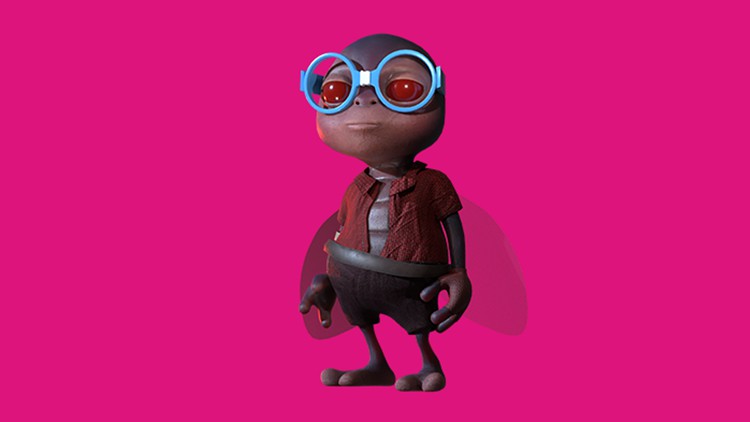
Common Challenges and Solutions in 3D Character Design
Navigating through the complexities of 3D character design often presents a variety of challenges that artists must skillfully overcome. Character shading techniques and 3D sculpting basics can sometimes prove elusive, leading to less than ideal results. However, the solution lies in mastering the technicalities involved.
Understanding how light interacts with different surfaces, creating realistic textures, and utilizing sophisticated software tools for sculpting are fundamental. Equally important is a strong conceptual foundation, ensuring the character's design supports the game's overall narrative and aesthetics.
While these hurdles can be daunting, innovative solutions, such as advanced rendering software and collaborative platforms, have made it easier for designers to translate their creative visions into well-designed, engaging 3D characters.
Frequently Asked Questions
What Are the Career Opportunities in 3D Character Design?
Career opportunities in 3D character design are vast, spanning industries from gaming to animation. Industry trends lean towards VR/AR, offering innovative roles with competitive salary expectations for those with expertise in game implementation.
What Software Is the Best for Beginners in 3D Character Design?
For beginners in 3D character design, software affordability and user interface simplicity are crucial. Blender is highly recommended due to its cost-effectiveness and intuitive interface, facilitating a smooth learning journey in 3D design.
How Much Time Is Typically Needed to Master 3D Character Design?
Mastering 3D character design involves comprehending design aesthetics and character rigging intricacies. It typically takes around 1-2 years of dedicated practice, depending on the individual's aptitude and the complexity of the desired skill level.
Are There Any Online Resources or Tutorials You Would Recommend for Learning 3D Character Design?
For mastering 3D character design, online resources like CGSociety and Pluralsight are highly recommended. They offer comprehensive tutorials on Character Personality Development and managing Creative Constraints in Design, crucial for innovative game implementation.
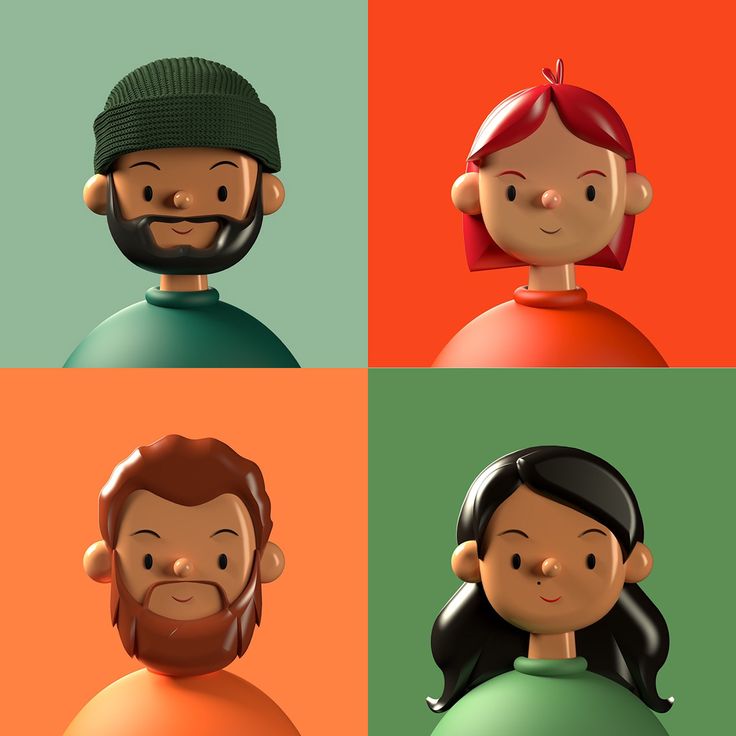
Is There a Significant Difference in Designing Characters for Video Games Versus Animated Films or Television Shows?
Yes, there are significant differences. Design complexities for video games include considerations for player interactions and game mechanics, unlike animated films where artistic liberties can be prioritized over functionality and interactivity.
 Digital Art InstructionDIY Infographics DesignMobile Game ArtworkPersonalized Logo Design3D AnimationeBook Covers DesignPrivacy PolicyTerms And Conditions
Digital Art InstructionDIY Infographics DesignMobile Game ArtworkPersonalized Logo Design3D AnimationeBook Covers DesignPrivacy PolicyTerms And Conditions
